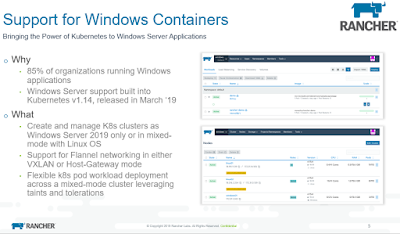Equinix agreed to acquire three data centers in Mexico from Axtel for US$175 million in cash. The three facilities, which serve the Mexico City and Monterrey metro areas, generated approximately $21 million of revenues in the 12 months ending December 31, 2018, with an EBITDA margin profile accretive to the Equinix business.
Equinix said the acquisition, when combined with the previous acquisitions of key traffic hubs in Dallas (Infomart) and Miami (NAP of the Americas), will further strengthen its global platform by increasing interconnection between North, Central and South America.

The three data centers will add approximately 115,000 square feet of colocation space to the Equinix International Business Exchange™ (IBX®) data center portfolio. Given the power capacity of these three sites, this transaction will make Equinix one of the largest network-neutral data center operators in Mexico. Including current expansion projects, Equinix has invested more than $500 million in its Latin American operations including Brazil, Colombia and now Mexico.
Equinix currently serves several Mexican businesses in IBX data centers outside of Mexico, such as the Mexican Stock Exchange in New York and multiple Mexican network service providers in Dallas. Upon closing, Axtel will be a customer and a strategic marketing partner in Mexico, and Axtel will retain a small minority ownership position in the three sites.















